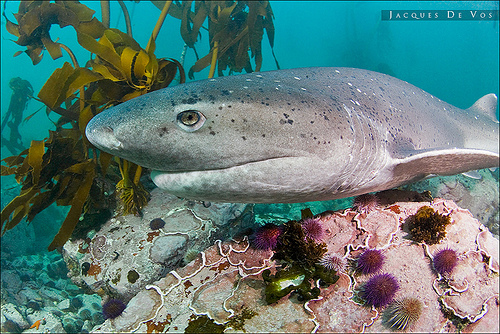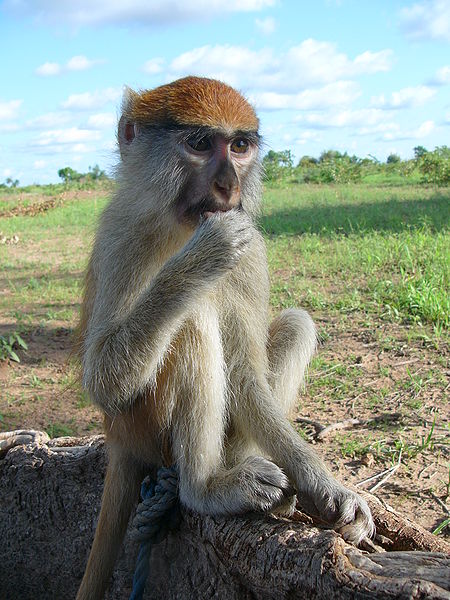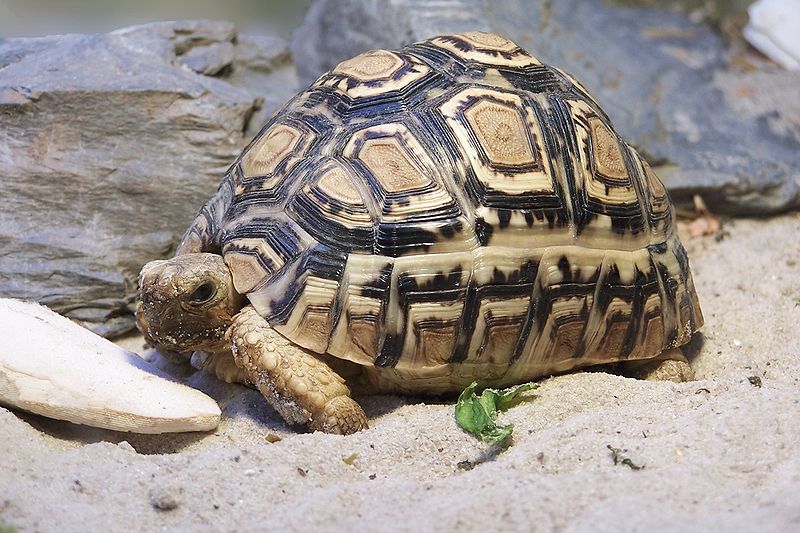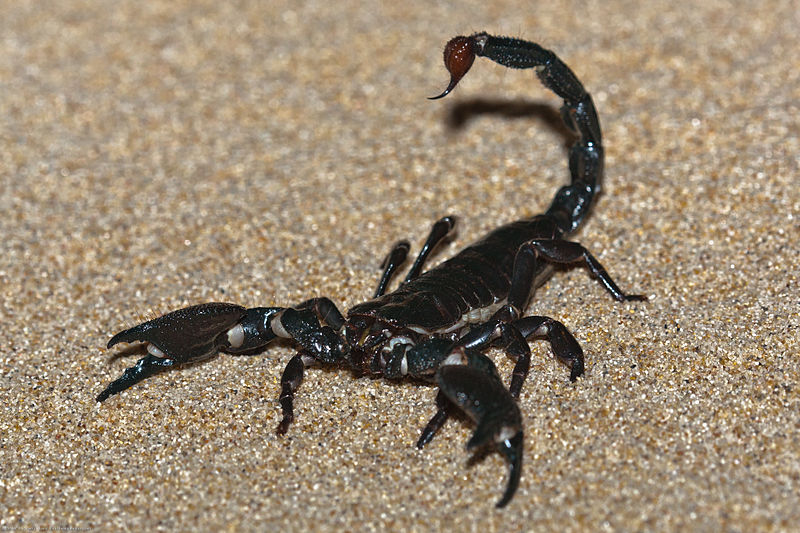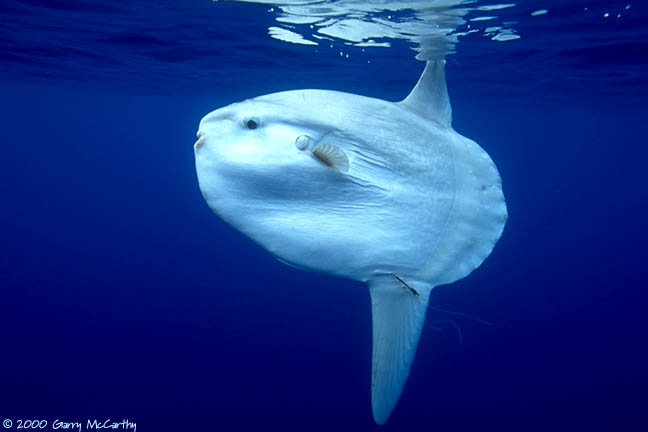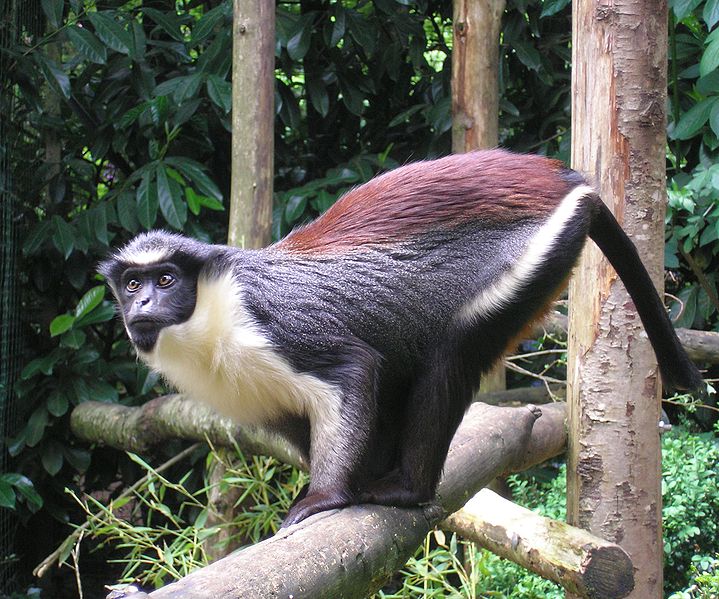
For some reason I was in the mood to take a quick trip to the Congo today so I figured…why not? After all, anything is possible in the land of imagination, right? Anyway, while we are traveling through the forests of the Congo basin, keep an eye out for the fun and exciting Dryas Monkey, which is also known as the Salonga Monkey or the Ntolu. There is very little known about this particular species of Guenon (a type of monkey) but what we do know will be presented in today’s Wild Fact so keep reading as we learn everything we can about today’s monkey.
Dwindling Population
Although we don’t have a ton of data on this monkey species, we do know there are only about 200 individual members of this species remaining in the wild. As you might expect, this makes the Salonga Monkey critically endangered. Even though we don’t know exactly why their population has declined so rapidly, it is probably safe to say that habitat destruction and poaching are key factors in their decline. Luckily the community managed Kokolopori reserve is focusing their efforts on the preservation of this adorable monkey species. Let’s hope the Dryas Monkey has what it takes to make a remarkable comeback.
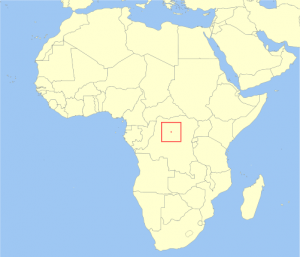
Communication is Key
This particular monkey species relies heavily on a few unique communication techniques to get their point across to other members. For example, when threatened they typically rely on the famous staring contest. That’s right, these monkey’s will stare at each other in an effort to display their coloured eyelids. In other occasions, they will add head bobbing to the star or open their mouth. When they add these extra features to their stare…..look out because they mean business! During mating season the females can often be found “presenting” which is a way to show the males that they are ready to be taken out on a nice romantic date.
Dryas Monkey Fast Fact
Since the Dryas Monkey can typically be found in troops of up to 30 individuals, they have plenty of opportunities to use their unique facial expressions. Like most other monkey troops this particular family unity only contains one mature male with the remainder being females and juvenile monkey’s. I have a feeling that the lone adult male doesn’t win very many of those staring contests amongst all the females.
There is still a lot of information that needs to be collected on the Dryas Monkey and hopefully their population will be around long enough for researchers to learn everything about them.

